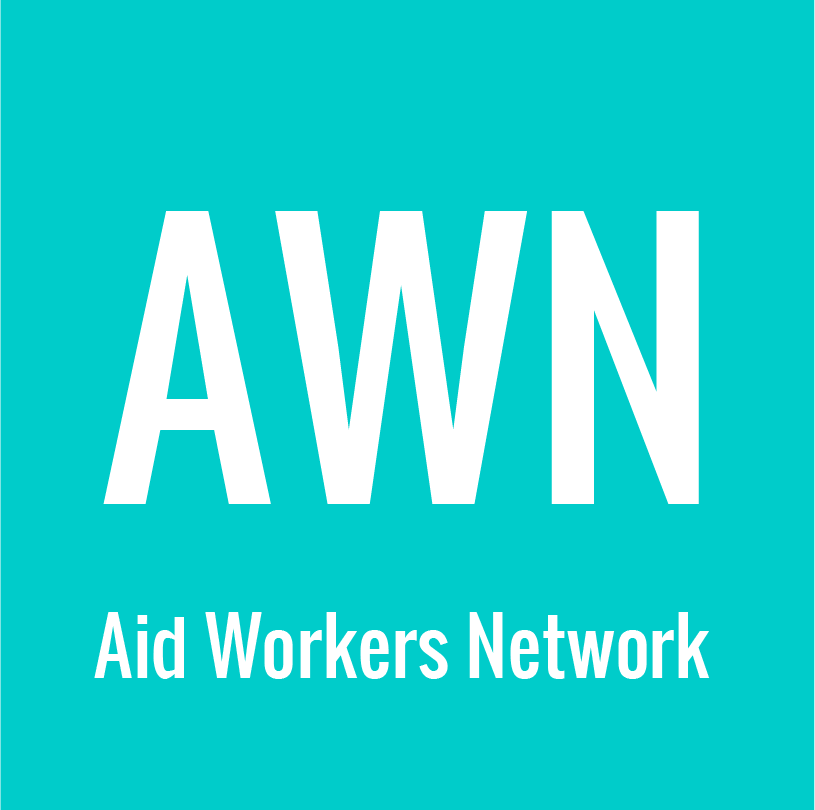This post is a continuation of our conversation (see Part 1) with Sylwa Abajian, a human resources specialist with Catholic Relief Services in Lebanon. Through Catholic Relief Services’ PEER initiative, Sylwa has worked with local and national organizations to help them do what they do better.
AWN: We started to talk about the employee life cycle in relation to policies and procedures (see Part 1). This seems so important for organizations to be aware of. Can you talk more about this?
Sylwa: The full employee life cycle is: recruitment, on-boarding, employee development, employee maintenance and retention, and off-boarding. What I do is ensure that the vision and mission of the organization is integrated into its structure, and into the policies and procedures that govern the employee life cycle. Once developed, we put these policies in place and give time for the organization to test them. Then based on their feedback we work together to adjust and finalize them.
When an organization’s mission and vision are reflected in its structure, and when the rights of employees are supported and respected by this structure, organizations can better achieve their mission. A health clinic we worked with, for example, made substantial changes to its human resource policies and procedures that improved the experience for both staff and beneficiaries. The changes also allowed the clinic to apply for formal accreditation. It is now recognized as a primary care center and is able to access more funding and resources. The process was not easy though because change is often resisted.
AWN: Something we have been curious about is whether there are human resource mistakes that are common to all organizations?
Sylwa: One of the most common issues I find is that an organization’s senior leadership forgets to think about employees in terms of their rights. Instead, they only think about employees in terms of their responsibilities. For the organizations I work with this may be in part because many employees come from the communities that the organization serves. As if the employees have an obligation to serve their community through this organization. The idea that the organization also has obligations to its employees is new to many leaders. Happily, the leaders I have worked with have been receptive to the idea of employee rights once they have understood it.
AWN: Can you talk a bit more about the role of an organization’s senior leadership when you are going through this assessment and re-structuring process?
Sylwa: The senior leaders are a critical part of the process. Ensuring that staff is fully engaged requires a lot of work but the biggest part of the work I do is convincing senior leadership of the importance of going through this change process in a fully participatory way with staff. Despite all of this effort there can be resistance – at all levels I should add. So we have to work on psychological and professional and personal relations at all levels of the organization in order to implement change with as few problems as possible. I usually do not move forward on any topic unless the senior leadership and staff understand it clearly and really believe in its importance.
AWN: This is a good reminder that the work we do is all about human beings. You have to get buy-in, and processes have to be open, transparent, and participatory.
Sylwa: Yes, an organization’s human resources – its employees and volunteers – are its most essential resources. If staff feels insecure or unhappy, this will be reflected in the organization’s work. This is especially true for those in humanitarian or social work because staff works directly with beneficiaries; the main tool they have is their person. That is why we have to pay special attention to how we work with staff, to gain their commitment to this process.
A priority in the process we go through is making sure that staff feels secure and happy. It is important to work collaboratively from the beginning. Staff must be involved in all steps of the process. For example, when organizations develop their policies I ask them to form a committee that includes staff from all levels, even beneficiaries if this helps.
AWN: Are there resources out there for organizations that might want to go through this process?
Sylwa: For the whole process? Unfortunately, not that I know of. Perhaps there are other international NGOs or universities that have a project like PEER on capacity strengthening. Accessible capacity strengthening resources are so important for organizations though. I hope that at least with the steps I have outlined in our conversation that interested organizations can begin to search for the right capacity strengthening resource for them, to accompany them in thinking through these issues. Remember, start with your vision and mission, be participatory, and remember that your staff and volunteers are your most important resources.
Systems Matter is a series of posts on the systems – financial, human resource, volunteer management, and more – of humanitarian and development organizations. AWN believes that good systems are necessary for organizations that want to do well by their staff and the communities they serve.



